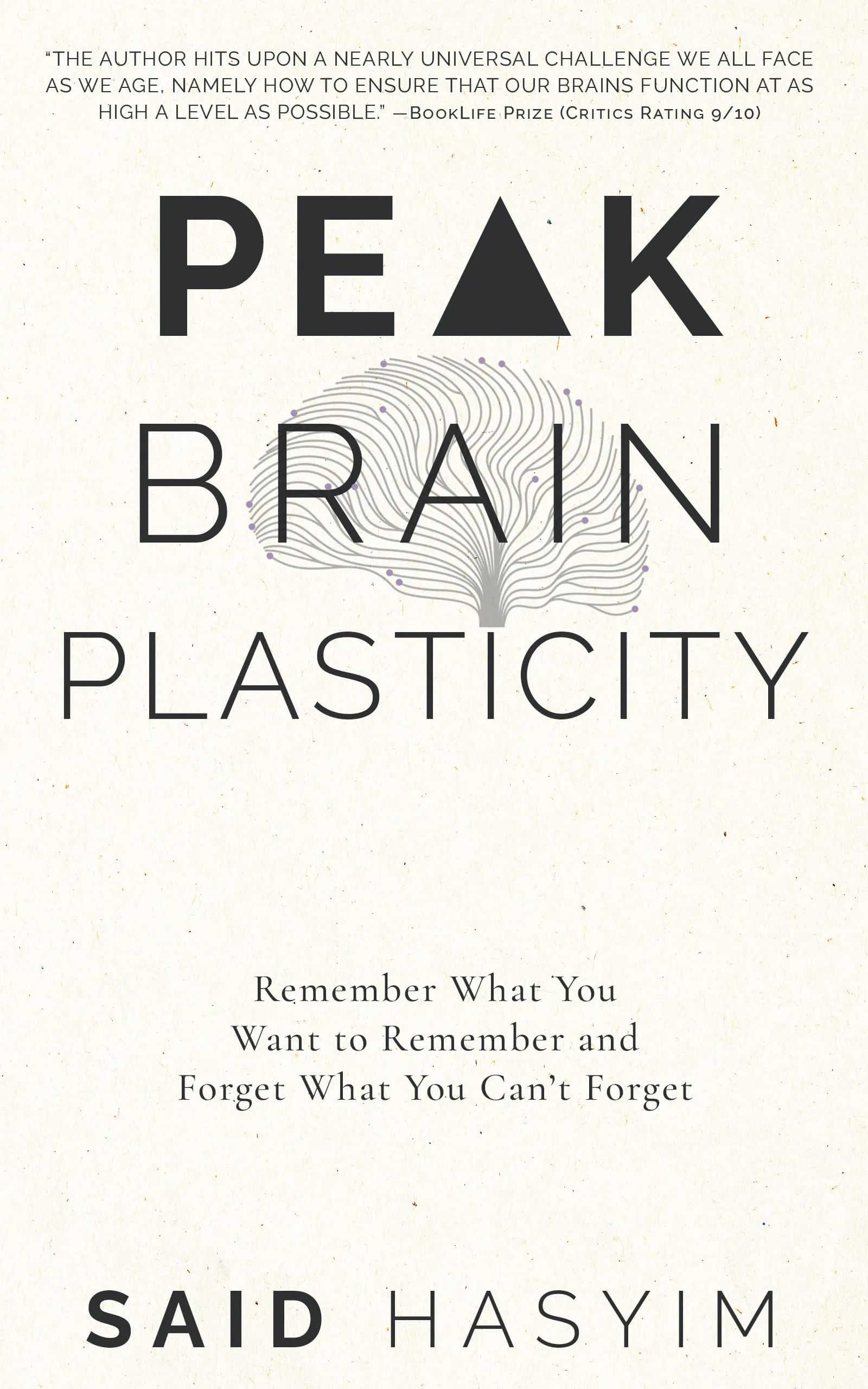Understanding the Brain’s Plastic Nature
The human brain is an intricate organ that governs our thoughts, emotions, behaviors, and physical actions. One of its most remarkable features is its plasticity—the ability to adapt and change in response to experience, learning, and even injury. Understanding the brain’s plastic nature not only provides insights into how we learn and grow but also reveals the potential for recovery from brain injuries or disorders.
What is Brain Plasticity?
Brain plasticity, also known as neuroplasticity, refers to the brain's capacity to reorganize itself by forming new neural connections throughout life. This ability is crucial for several reasons:
Learning and Memory: Every time we learn something new or form a memory, our brain adjusts the connections between neurons. This ongoing process symbolizes how we adapt to new information or experiences.
Recovery from Injury: In cases of brain injury, neuroplasticity allows other parts of the brain to take over functions previously managed by damaged areas. Rehabilitation methods often exploit this capability to help patients regain lost skills.
Adaptation to Change: Our brains can also adapt to chronic changes in our environment or lifestyle, displaying flexibility in thought processes and behavioral patterns.
Types of Neuroplasticity
Neuroplasticity can be categorized into two broad types:
Structural Plasticity
Structural plasticity refers to the brain's ability to physically change its structure in response to learning or experience. This might manifest as:
Synaptic plasticity: The strengthening or weakening of synapses (the connections between neurons) based on activity levels. When two neurons communicate frequently, their connection strengthens, which can lead to improved performance in tasks related to those neurons.
Dendritic branching: Dendrites are the parts of a neuron that receive signals from other neurons. Increased learning and stimulation can cause dendrites to grow, allowing for more connections and enhanced signal transmission.
Functional Plasticity
Functional plasticity is the brain's ability to move functions from damaged areas to undamaged areas. This is particularly evident in the context of recovery from trauma or stroke, where brain regions can take over the lost functions.
Critical Periods and Sensitive Periods
Neuroplasticity is often most prominent during certain developmental stages, known as critical periods or sensitive periods. For instance, children exhibit exceptional brain plasticity, allowing them to learn languages and motor skills with relative ease. As we age, neuroplasticity becomes more limited, but it does not disappear entirely.
Factors Influencing Neuroplasticity
Several factors can influence the degree and effectiveness of neuroplasticity:
Age: Younger brains tend to be more plastic due to their rapid development and growth. However, adults can also experience significant plastic changes, particularly with targeted training and practice.
Environment: Enriched environments—those that provide stimulation, novelty, and social interaction—can enhance neuroplasticity. Conversely, impoverished environments may hinder it.
Exercise: Physical activity has been shown to promote neurogenesis (the birth of new neurons) and enhance plasticity, particularly in the hippocampus, a region critical for memory.
Mental Challenges: Engaging in new activities that challenge the brain—such as learning a new language or musical instrument—can bolster neuroplasticity.
Stress: Chronic stress can have detrimental effects on neuroplasticity, particularly affecting the brain's ability to learn and adapt.
Applications of Neuroplasticity
Understanding neuroplasticity has profound implications in various fields, including education, mental health, and rehabilitation:
Education
Educators can leverage knowledge of neuroplasticity to create more effective teaching strategies. By providing varied and engaging learning experiences, we can maximize students' cognitive growth and adaptability.
Mental Health
Therapies that capitalize on neuroplasticity can be developed for mental health conditions. For example, cognitive-behavioral therapy (CBT) aims to reshape negative thought patterns and encourage healthier responses, demonstrating the brain's ability to change.
Rehabilitation
Individuals recovering from strokes or traumatic brain injuries can often regain their abilities through targeted therapy, which encourages the brain to reorganize and adapt. Techniques such as constraint-induced movement therapy and virtual reality rehabilitation are designed to stimulate neuroplastic changes.
Real-life Implications of Neuroplasticity
Consider the stories of individuals who have overcome significant challenges due to brain injuries. Many have undergone intensive rehabilitation and showcased extraordinary recovery by harnessing the brain's plastic capacity. These stories serve as powerful reminders that our brains are not static—they are capable of incredible transformation.
Moreover, neuroplasticity continues beyond recovery. Everyday learning, whether through formal education or informal experiences, is a testament to our brains’ dynamic nature. We adapt to challenges, relearn skills, and reshape our perceptions throughout life.
Closing Thoughts
The brain's plastic nature is one of its most empowering characteristics, offering hope and opportunity for growth, adaptation, and recovery. Understanding this phenomenon allows us to appreciate the potential of our minds and encourages us to foster environments and practices that promote lifelong learning and resilience.
As we delve into the complexities of neuroplasticity, we uncover not just the potential of the brain but also a deeper understanding of the human experience itself. With continued research and exploration, we can further unlock the mysteries of the brain and harness its power for positive change.
By embracing the concept of neuroplasticity, we can foster a lifelong commitment to learning and evolution, so let us remain curious, engaged, and open to the ever-expansive possibilities of our brains!
Harness the Power of Neuroplasticity
Discover Peak Brain Plasticity, a practical book to harnessing neuroplasticity. Enhance your memory, learn new languages quickly, and alleviate anxiety with effective study methods. Uncover daily habits that impact cognitive health and explore techniques for accelerated learning and memory retention. Unlock your brain's potential for growth and transformation.
